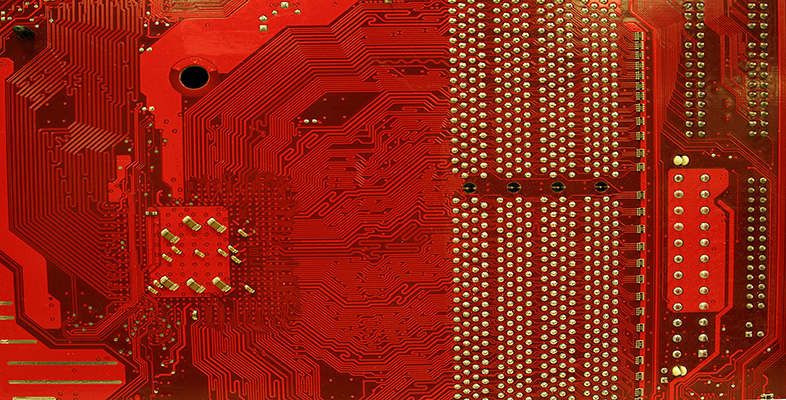4 Computers
4.1 The digital computer
Turing can rightly be called the founding father of computer technology. It was his pioneering mathematical work before the Second World War, and the practical engineering he and his colleagues carried out at Bletchley Park, that led to the machines that now sit on nearly every desk. We take them so much for granted now that it is worth making a small effort to restate what, in essence, a computer is and what it does, and to recall what the concept 'computer' meant to Turing.
The AI theorist John Haugeland has called the computer an interpreted automatic formal system. Since the exact nature of this tool at the heart of Symbolic AI (and artificial intelligence generally) is bound to influence crucially the content and direction of the whole endeavour, we need to consider what he means. Let's examine Haugeland's definition by working from the end backwards, so to speak, by starting with the notion of a formal system. The argument I'm summarising here is taken from John Haugeland's book Artificial Intelligence: The very idea (1985).
